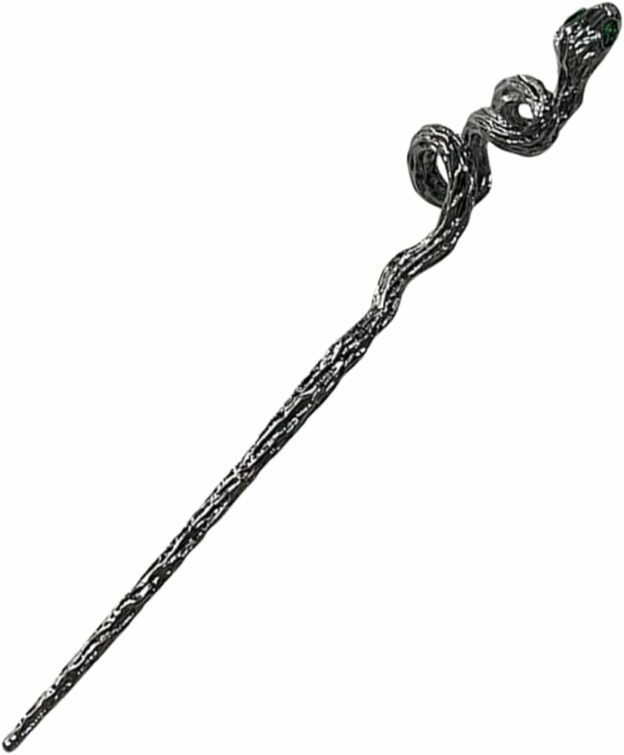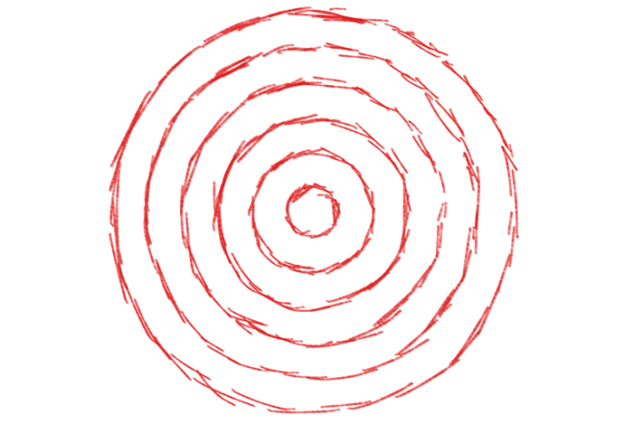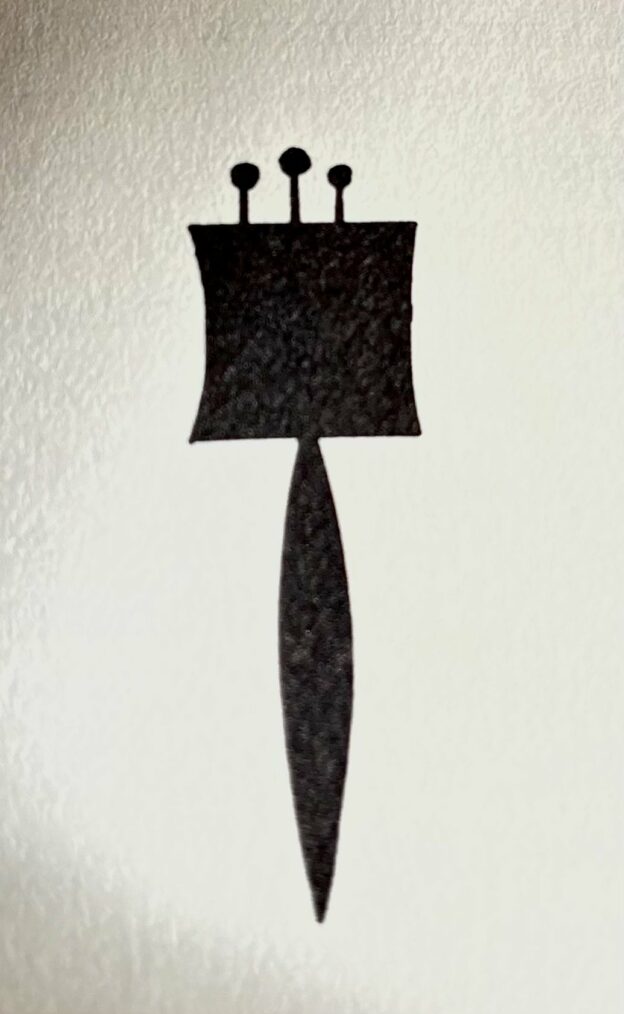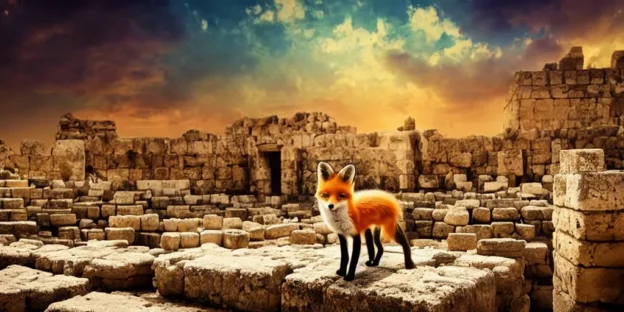It’s intriguing that when Moshe and Aharon are sent to present themselves to Par’oh and to demonstrate the miracle of a staff turning into a snake, Moshe is commanded by Hashem to tell Aharon to throw his staff to the ground to effect the transformation.
Elsewhere, of course, with two exceptions (hitting the Nile and the ground, because Moshe had been saved by water and earth) it is Moshe’s staff that is used to fulfill divine commandments, as in the splitting of the sea and, in the desert, the hitting of the rock to bring forth water. But here, why isn’t Moshe the one charged to cause the miracle?
A lesson may lie in the oddity. Moshe, we remember, was earlier, at the burning bush, told to throw his staff to the ground, where it turned into a snake (Shemos 4:2,3). There, the command was issued after Moshe expressed doubts about whether the Jews would listen to him.
And, as Rashi explains there, the transformation of the staff was not meant as some demonstration of miraculousness but rather as a rebuke to Moshe, for having doubted the Jewish people’s willingness to hear His message.
So perhaps the reason Hashem wanted Aharon and not Moshe to perform the demonstration before Par’oh was to spare Moshe embarrassment over the memory of the rebuke he had earlier received. The reminder, of course, was still there, in a staff turning into a snake. But at least Moshe himself was not asked to perform the very action that had telegraphed the rebuke.
The Mishna (Bava Metzia 58b) says that one may not remind a repentant sinner of his prior deeds, nor a convert’s son of those of his ancestors. Perhaps the lesson here of Aharon being given the order to throw the staff down is that even a subtle reminder can be a source of embarrassment to another, and thus, something to carefully avoid.
© 2024 Rabbi Avi Shafran









